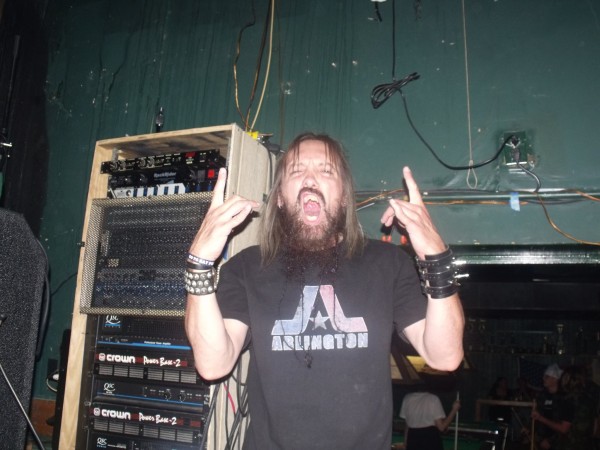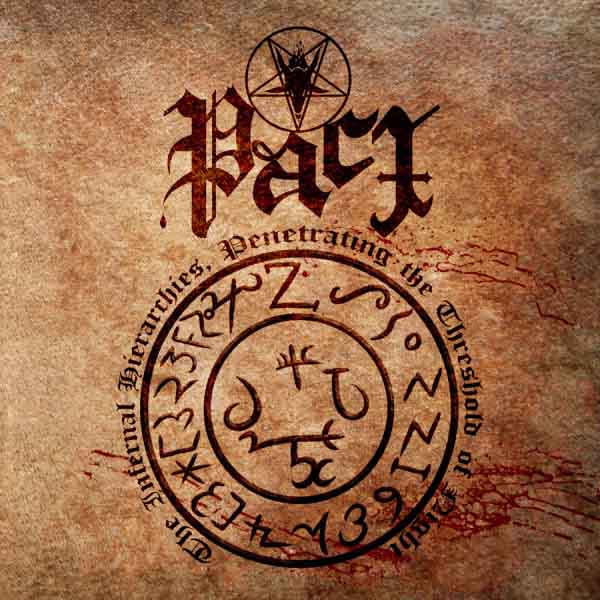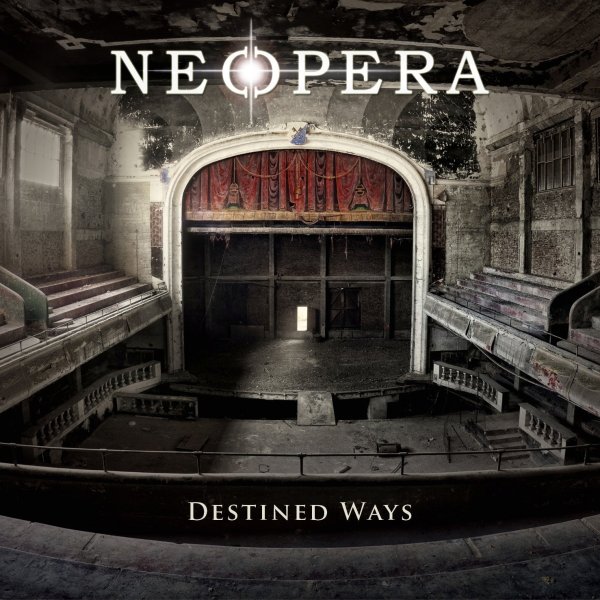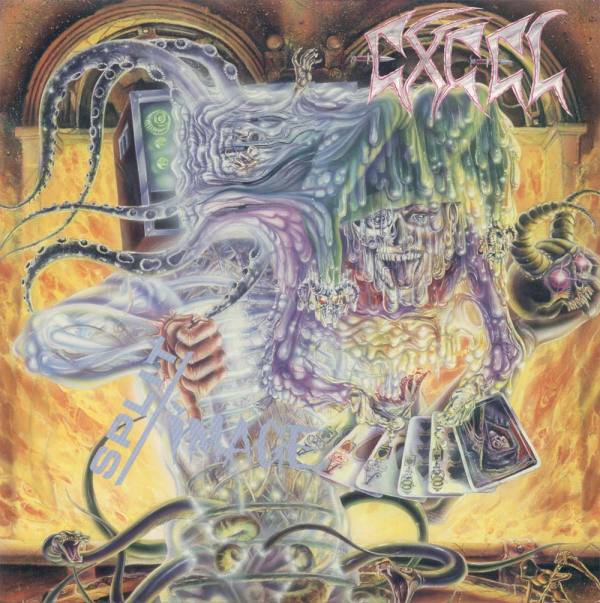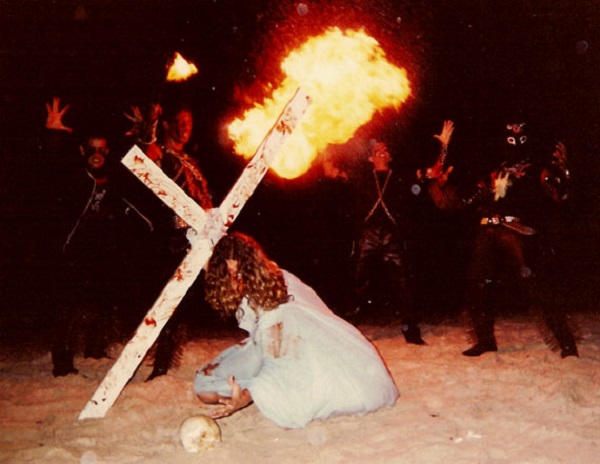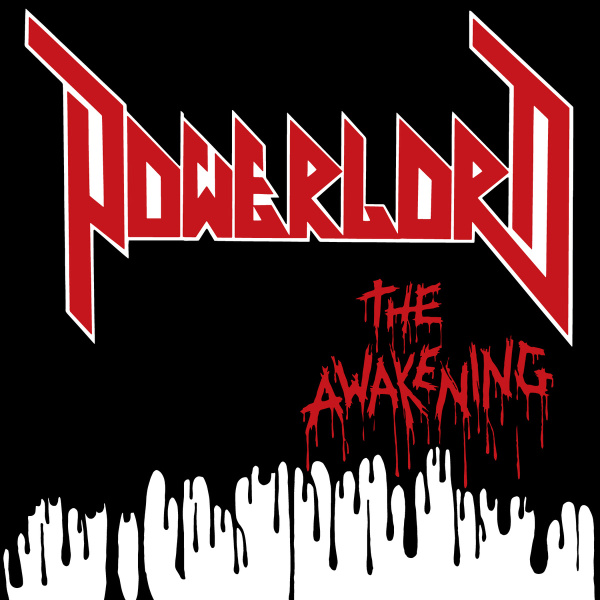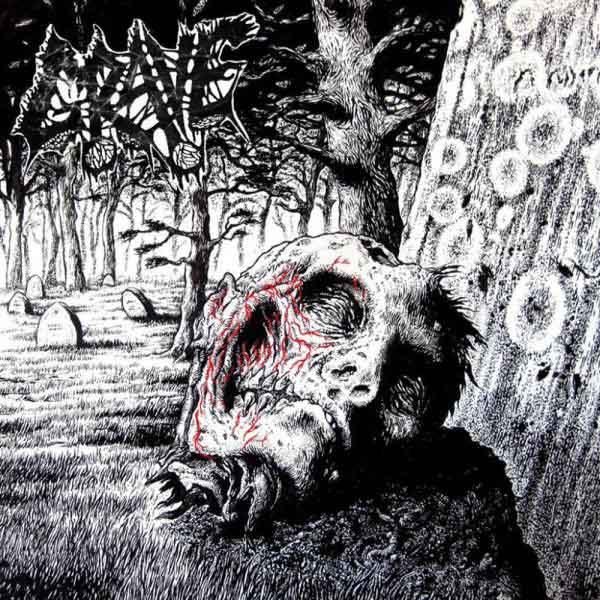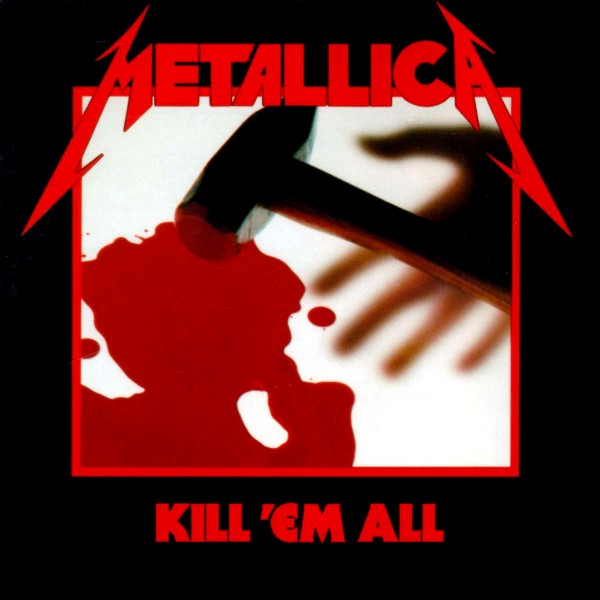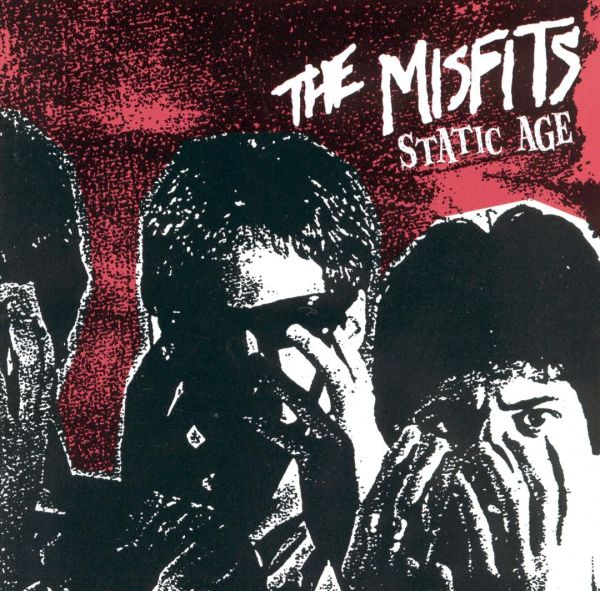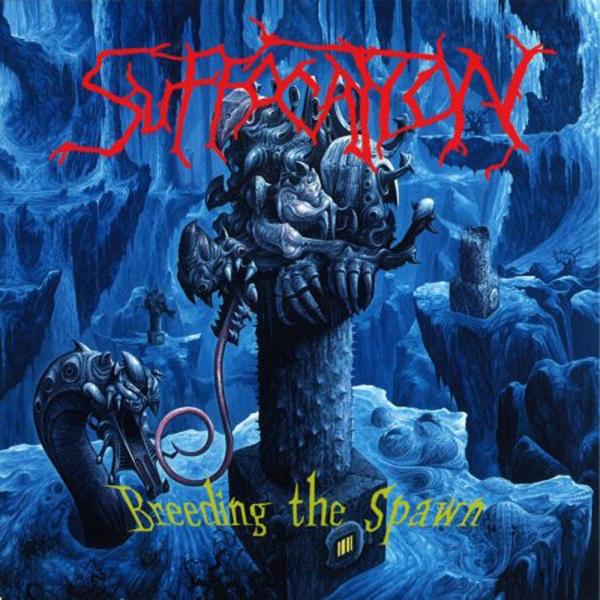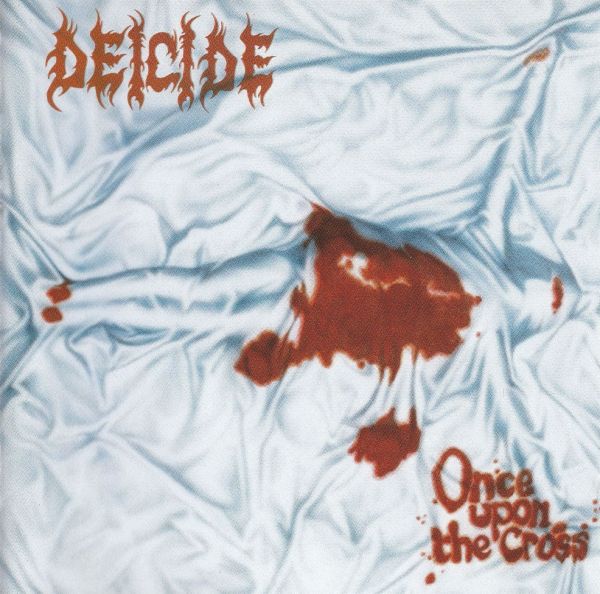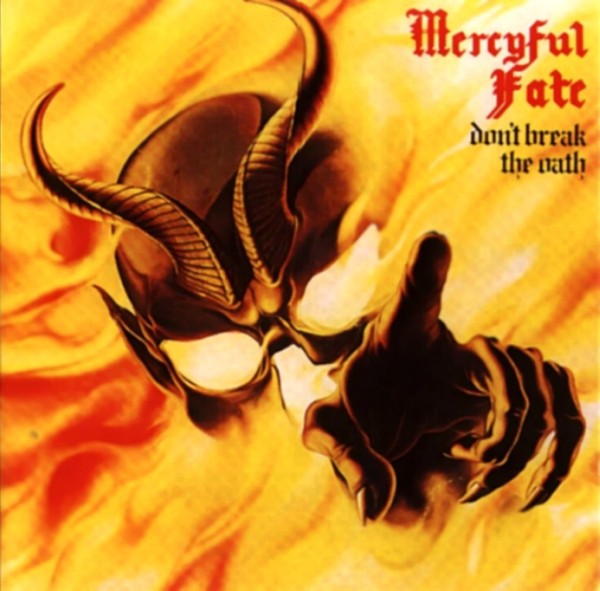We last talked to Jerry Warden when he announced his intention to create a Heavy Metal Hall of Fame in Arlington, Texas. He took a few moments to grant us an interview and reveal the plan, along with details about his past band Warlock and Texas metal.
You founded Warlock with your brother and two members of what would eventually be Rigor Mortis. What did Warlock sound like? Why do you think it achieved such legendary status in the Texas metal scene?
Originally, we were clueless kids/young men with a love for metal. We played cover songs of the NWOBHM bands and other heavy fare of the time. We didn’t write originals until Rick began to blossom as a song writer.
Recently, members of Warlock have restored the band and plan to release material from the demos. What can you tell us about this?
We played our reunion show at Diamond Jim’s Saloon in Arlington on Sat., Aug. 2 of this year and play on NYE at The Boiler Room in Deep Ellum. We combined the 1986 recording with one song from the 1985 recording and Kerry Crafton mastered the final product.
Do you think Warlock will write and release new material?
We have completed two new songs, “Rubber Bullets” and “Devil Dance” and will continue to write and rehearse for the foreseeable future. “Walking Plague” was recorded by Gammacide but was written by Warlock and we never recorded the song. We intend to record “Walking Plague” and several new songs next year for a 2015 release.
After Warlock, members went on to Rigor Mortis and Gammacide, which were bands from the newer style of metal at the time. How do you think these bands influenced Texas metal? Was their style a natural outgrowth of where Warlock had been heading?
“Walking Plague” and “Gutter Rats” were Warlock songs. Gammacide was a direct outgrowth of Warlock whereas Casey and Harden met Mike and he took them down a different metal path.
Do you think it’s possible to be a metalhead for your whole life and never get bored? Should metal be designed for people beyond their teenage and early 20s years?
Fortunately, I’m a simpleton, a meat and potatoes metalhead. Some mention the word shallow and I’ve been accused by more than one person of failing to “grow up” but I still love metal music. I listen to the hard rock of my youth to the current sounds of Ancient Instinct by Primordius and a whole helluva lot in the middle. I love the lifestyle, too. I get excited for the first cold night of each Fall to wear my leather jacket. Metal music has grown from a community to a family with many positive results. You see a growing number of benefit shows each year for different brothers and sisters but metal continues to provide an edge for the old and clueless as well as the young and clueless.
Your newest project is a “Heavy Metal Hall of Fame.” What gave you the idea for this? Why now?
The Heavy Metal Hall of Fame (MHOF) is overdue at this point. The idea originated from the lack of respect shown to metal music by the Rock and Roll Hall of Fame (RHOF) but, as our community or family evolves, we need a place of our own regardless of any outside factors including the RHOF.
How do you intend to get funding for the “Heavy Metal Hall of Fame”? Will it be a physical museum that charges admission? What are you going to put in the gift shop?
Our major form of funding will derive from grants. We will have a brick and mortar version of the Hall in Arlington, Texas. We should have the grant money in place to lease a building next year. Within 5 to 10 years, we should have the money to construct our own building.
What bands do you think were essential components of the Texas metal scene? Did they all get discovered and accepted, like Pantera and others did?
You’ve gotta begin at the beginning with Warlock, Pantera, Rigor Mortis, Helstar, Watchtower and Militia but gotta mention dead horse, Gammacide, Rotting Corpse, Arcane, Morbid Scream, Absu, Blaspherian, HOD, Shawn Whitaker, SA Slayer, Solitude, Aska, Primordius, etc. The list of bands who were and are essential components of the Texas metal scene should never end.
With Warlock returning and the Heavy Metal Hall of Fame, do you see yourself re-living your youth, or simply doing things you wanted to do the first time? Was there some moment in the past where things did not work out, that you’ve now managed to get past?
The Heavy Metal HOF is a natural progression for me in life. Rick Perry left Warbeast and asked me to reform Warlock with him. Rick Perry defined heavy guitar in the D/FW Metalplex as well as around Texas and the rest of the world. I am honored and very fortunate to share the same work space as Rick and very lucky to share a band with Clay McCarty & Randy Cooke.
Who do you feel is the audience for the Heavy Metal Hall of Fame, or the typical person you imagine will visit, and what do you think it will be like for them? How would it have felt to a 16 year old version of yourself?
I believe metal music transcends the generations and expect to see metalheads of all ages at the Hall. I believe we still have the same excitement within us as the 16 year old metalhead. Unfortunately, in a lot of cases, as adults, we’ve learned to contain our excitement.
7 CommentsTags: gammacide, heavy metal hall of fame, jerry warden, rigor mortis, warlock
